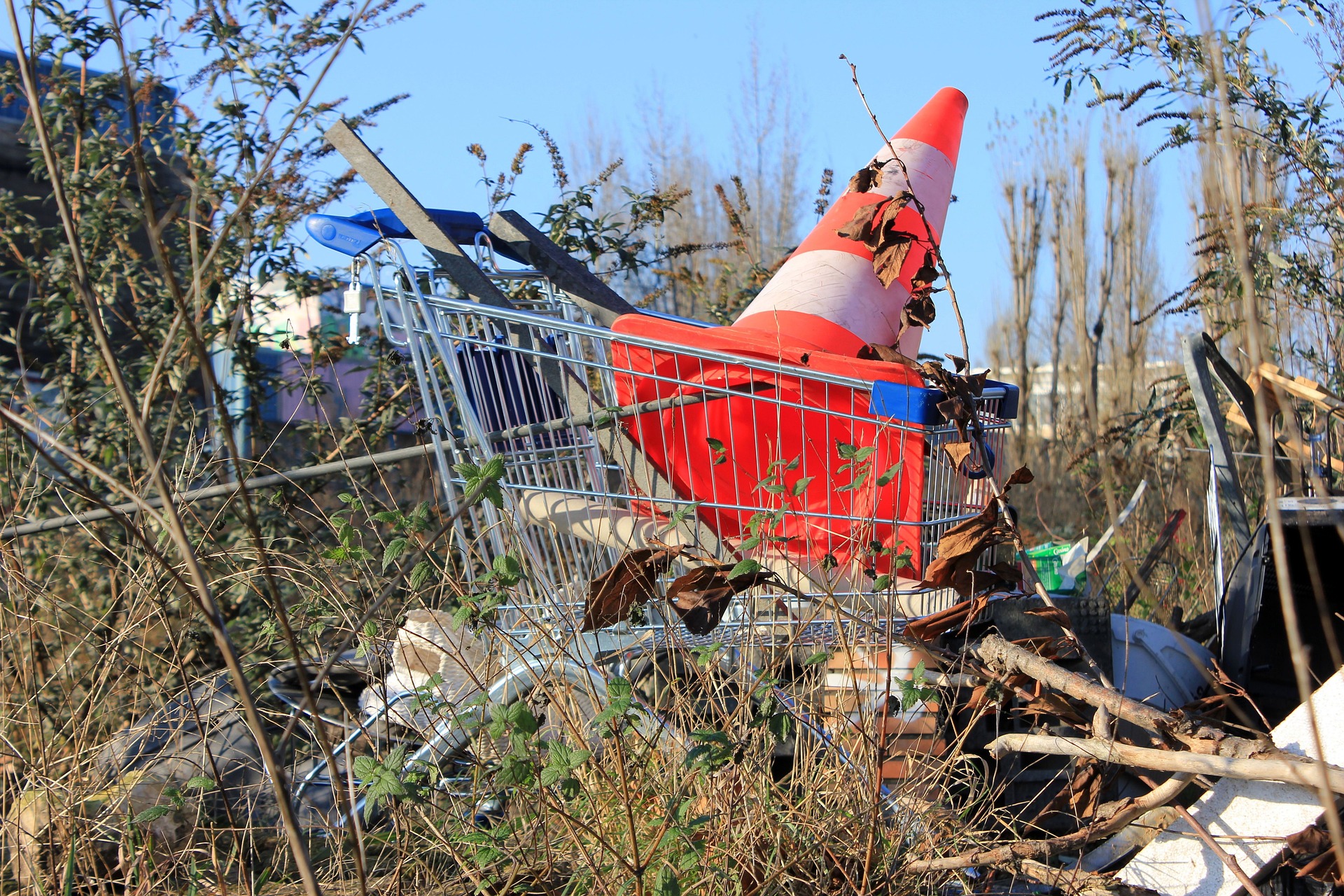. Total waste is set to increase 7% a year due to rising populations and affluence
. HICs produce 30 times more waste than those in LICs
Sources of waste: residential, industrial and commercial
Types of waste: biomedical, hazardous, toxic, inert, composite, organic, electronic
Waste streams: material and product related.
Factors affecting waste streams
- Economic characteristics- in general when you have rising affluence you are both willing and able to demand more goods. Hence, in developed nations households are able to consume more goods than LICs, thus produce more waste. Despite, higher economic levels which allows HICs to have more sophisticated recycling and disposal methods, those in LICs are much more better with their waste according to the waste hierarchy model. The model shows reduced waste higher than recycling. In LICs due to lack of wealth, its more of a cost to replace goods easily, so households here attempt to derive as much utility out of goods before dumping them.
- Lifestyle- urban dwellers have adopted a more materialistic lifestyle with fast fashion and food being main types of waste produced. These goods have complex waste disposal methods but have better access to the more sophisticated disposal centres compared to rural counterparts. Those in rural areas produce less waste on whole. Any waste that is produced tends to be material related waste streams like organic waste form food without unnecessary plastic packaging.
- Attitudes- urban dwellers though produce more complex waste on a higher level than rural dwellers, those in urban areas are more educated about the importance of reducing waste and recycling. This mindset is instilled from a young age where this idea has been integrated into the national curriculum. This is benefitted by local governments offering each household with a paper, black and green bins to encourage recycling. This attitude shift has also been adopted by businesses who now produce goods that were sustainably produced and its packaging to be environmentally.
Alternatives
- Burial- waste dumped inside abandoned mines and quarries
- Submergence- inert waste like rocks can be dumped in the offshore zone of a beach to build up an offshore breakwater leading to increased coastal protection and subsequently creating a low energy environment.
- Trade- waste being exported to developing nations where the waste is sorted to find valuable materials and then sold for a profit.
- Unregulated- developing nations can pose a hazard to people Hugh deal with waste without any safety regulations.
- Incineration- where waste is burnt
| Positives | Negatives |
|---|---|
| With energy recovery can produce heat and energy which can be extracted and used to heat homes, | Releases CO2 is a byproduct which can have consequences on the carbon cycle |
| Produces very little waste at the end | Can be done in an unregulated environment which increases risk of a wildfire |
| Highly regulated in developed countries | |
| Less physical space needed compared to landfill sites |
Case study: Afval Energie Bedrif (AEB)
- Located in Amsterdam which deals with the cities 1.4 million tonnes of waste each year
- 60% of the waste is recycled and the other 40% is incinerated
- Has incineration with energy recovery with its heat produced which heats up 250,000 homesS
- Some inner waste is recovered and resold as raw materials which is an economic benefit
- Works in symbiosis with the next door Waternet treatment plant which provides biogas in exchange for power
- In 2020 the government wanted to liquidate its stake in AEB because of high running costs add as of December 2021 it has been sold for 500 million euros
- Negative impacts on local environment as it’s the region’s biggest polluter and produces a loud noise which locals often complain about.
- Landfill- where waste is dumped on the surface of the earth
| Positives | Negatives |
|---|---|
| A central location where waste can be dumped | Produces methane when decomposing which can be captured by wind turbines |
| Provides use for abandoned quarries and minds, | Leachates can percolate into the soil and contaminate groundwater but impermeable material can be lined |
| Regulating in developed nations | Provides an odour which can have an indirect effect on local identity |
| Subsidence’s is are possible | |
| Attracts vermin and scavenger animals |
